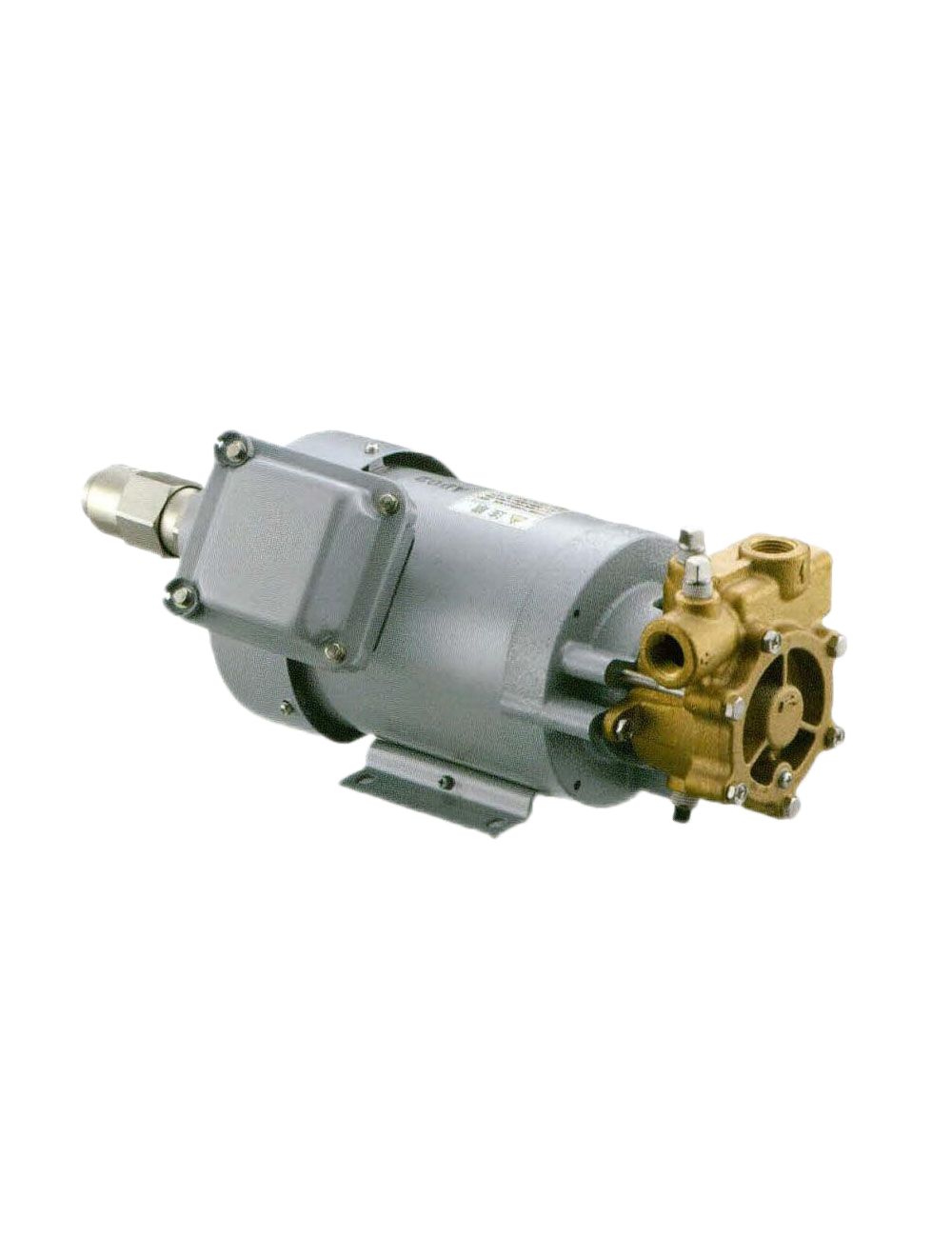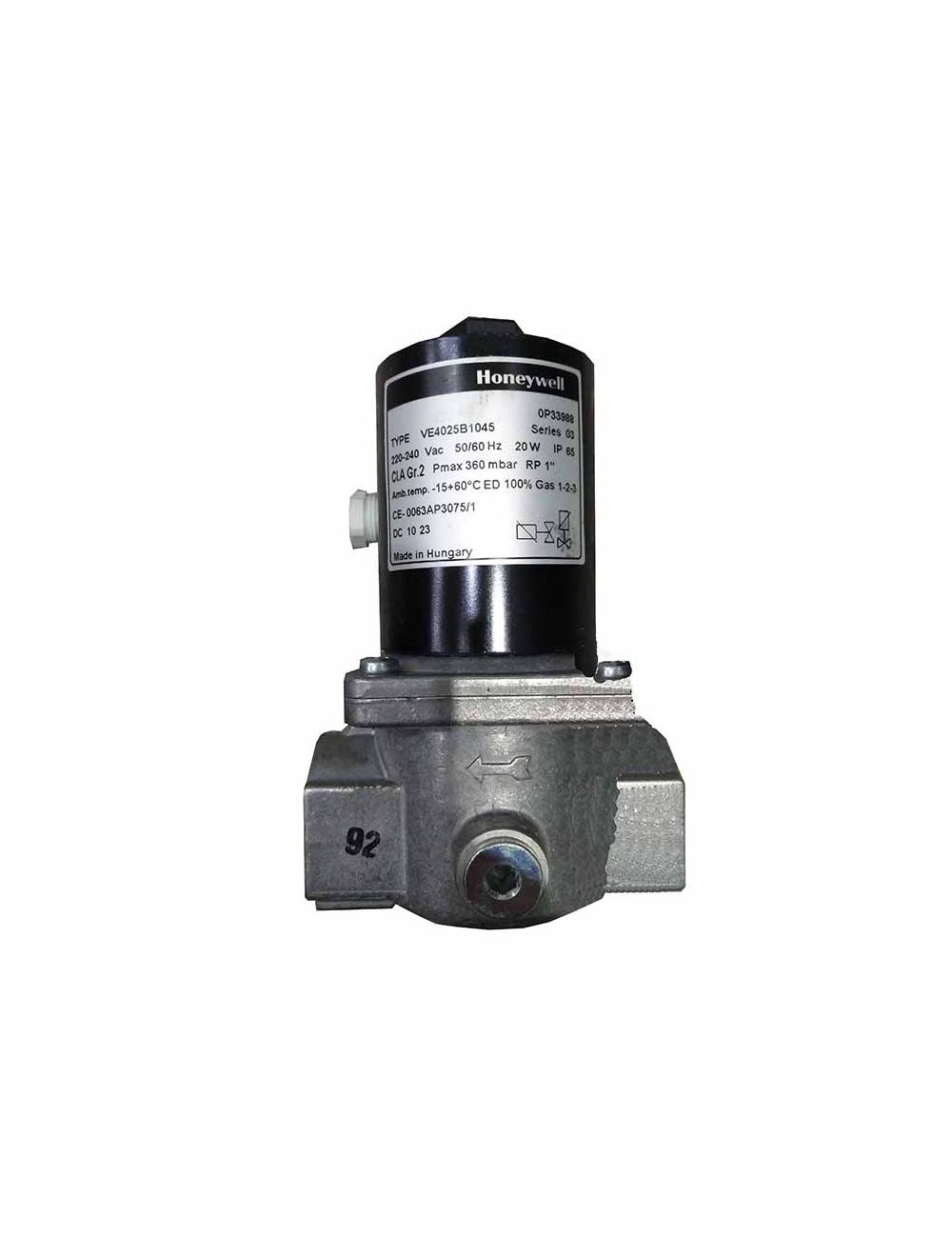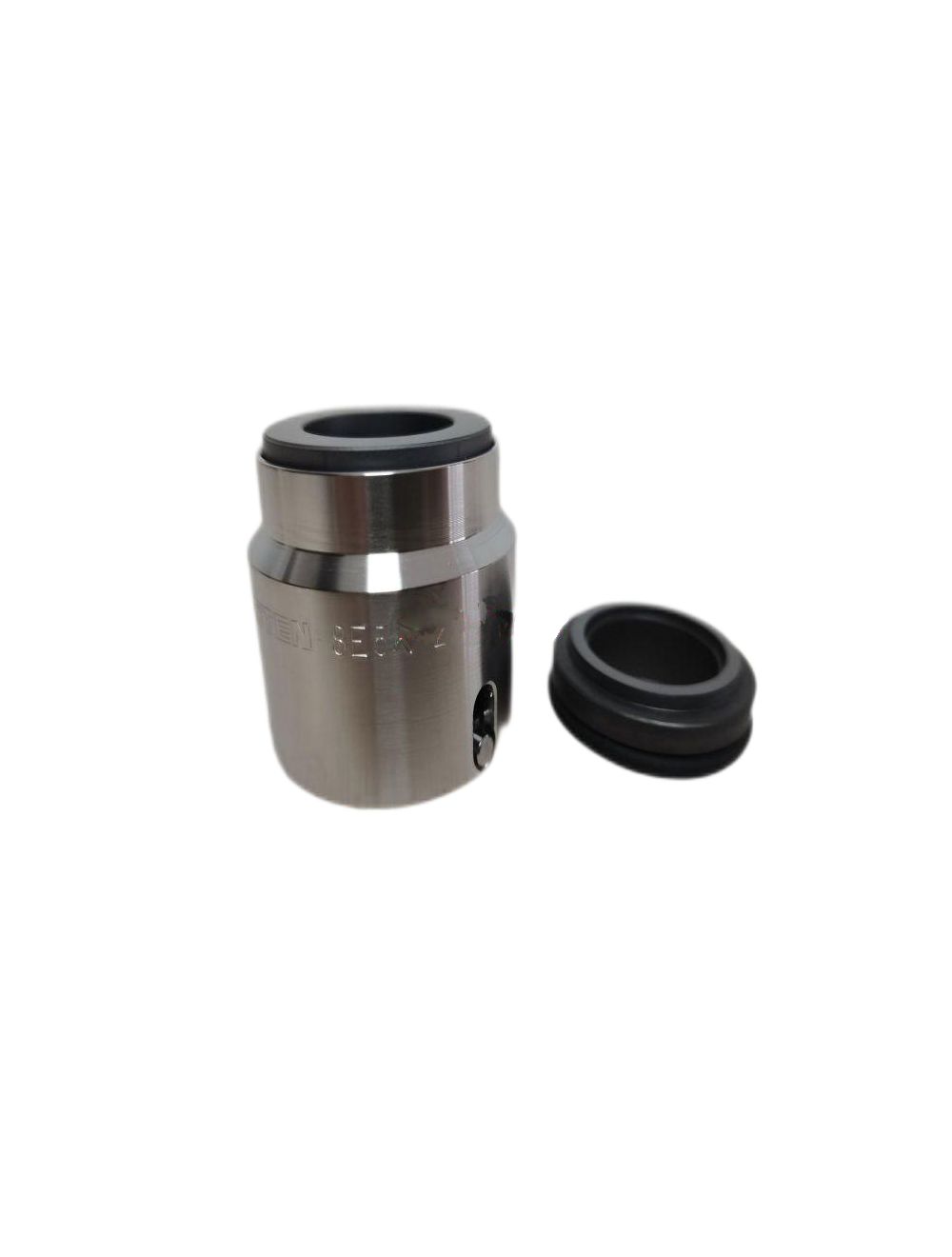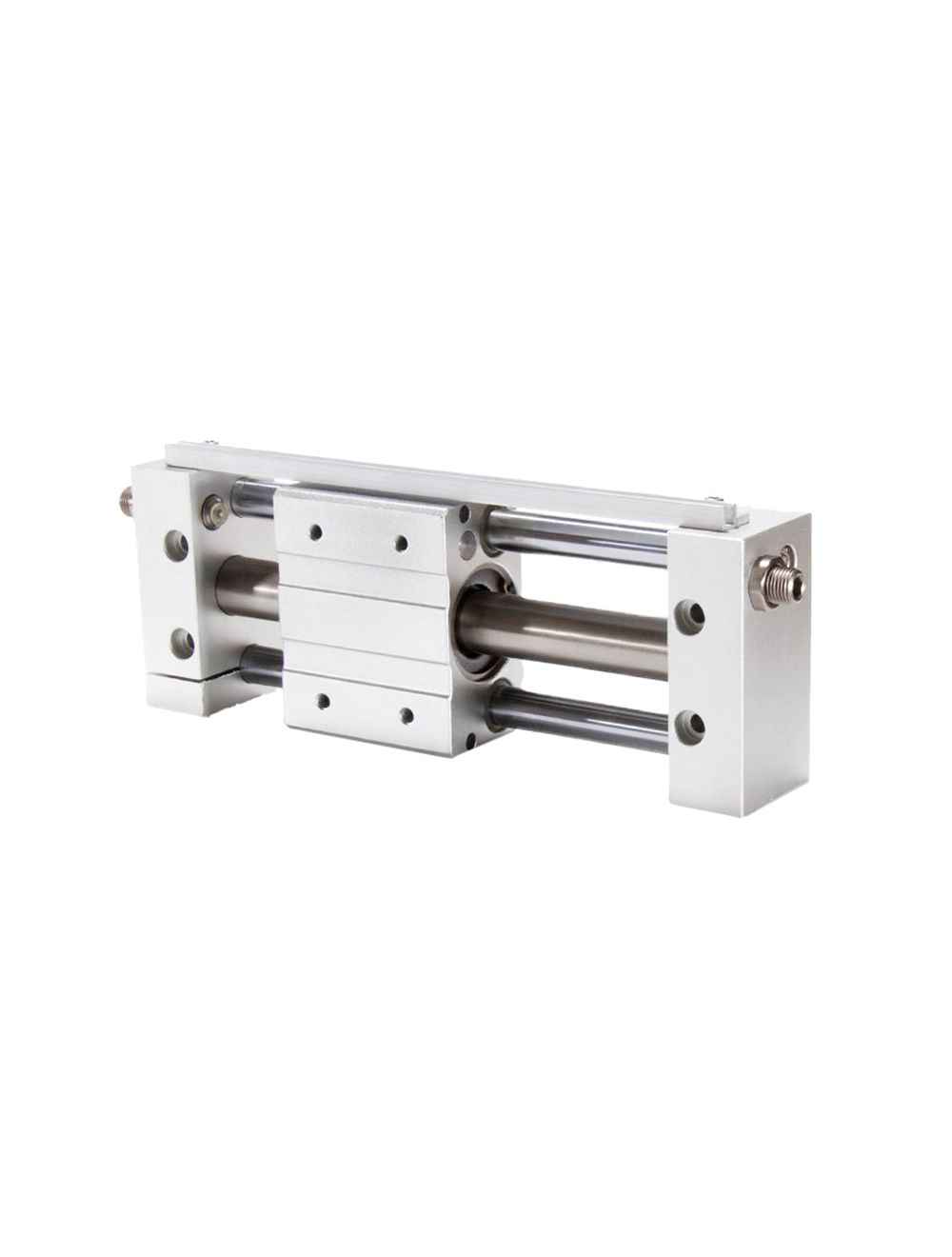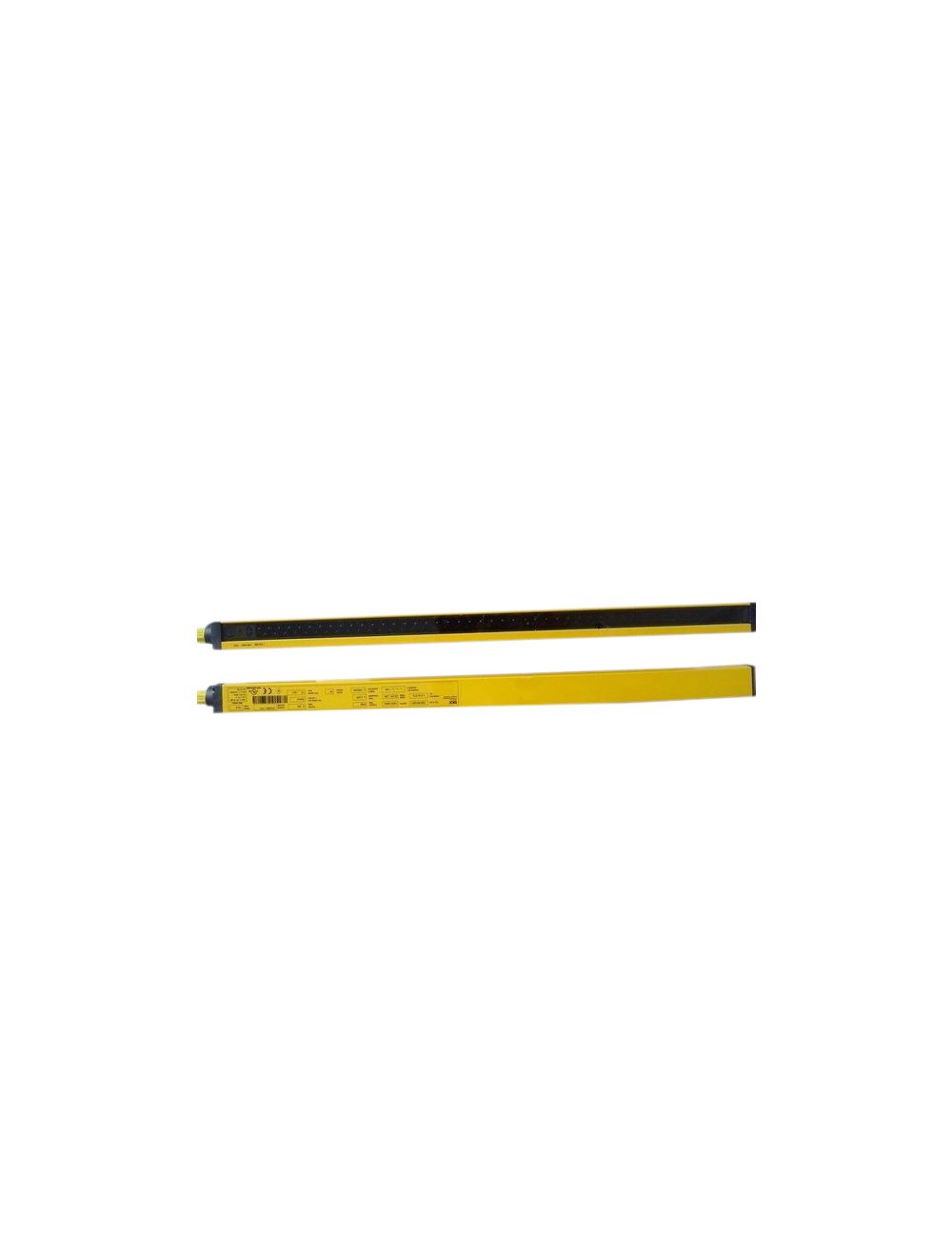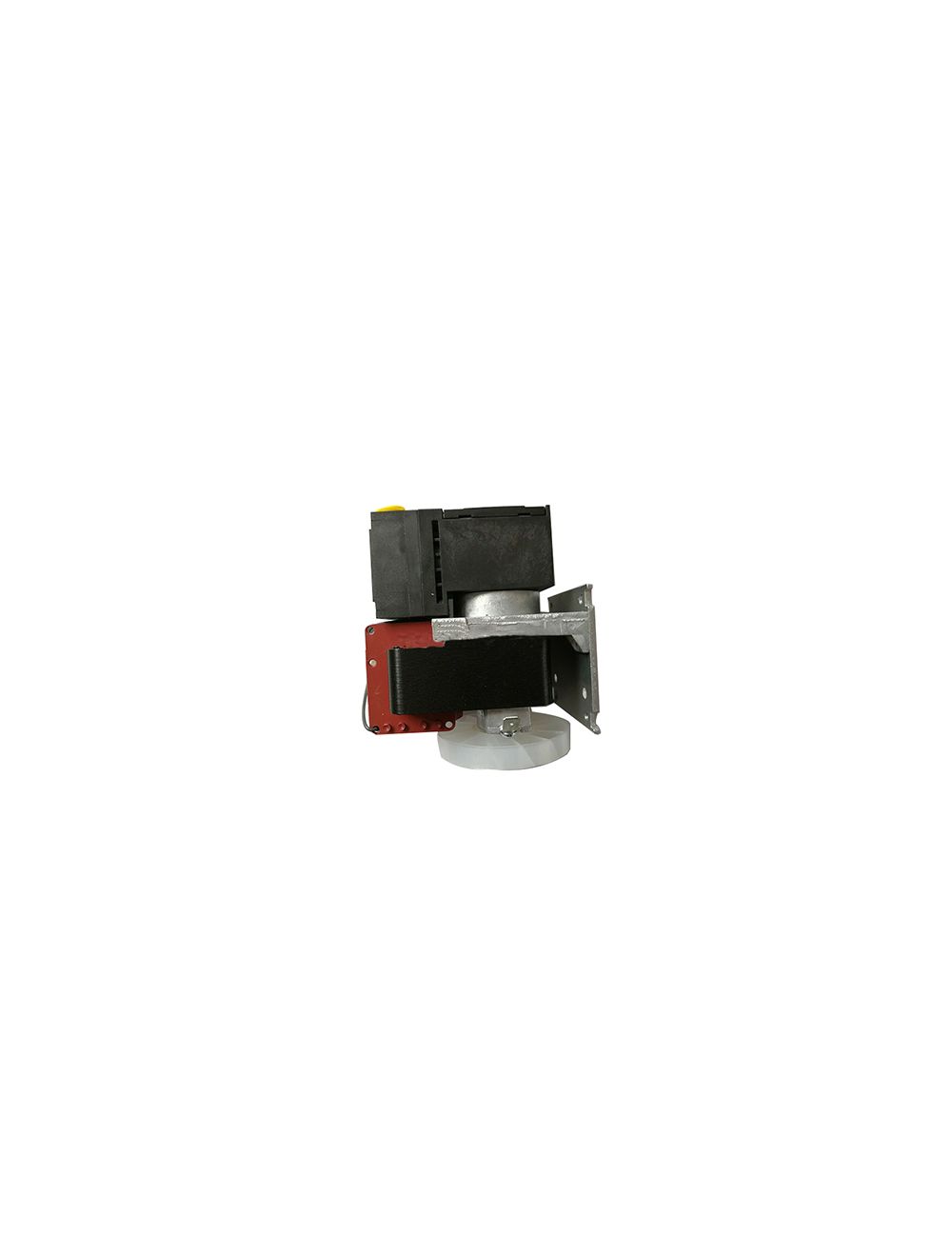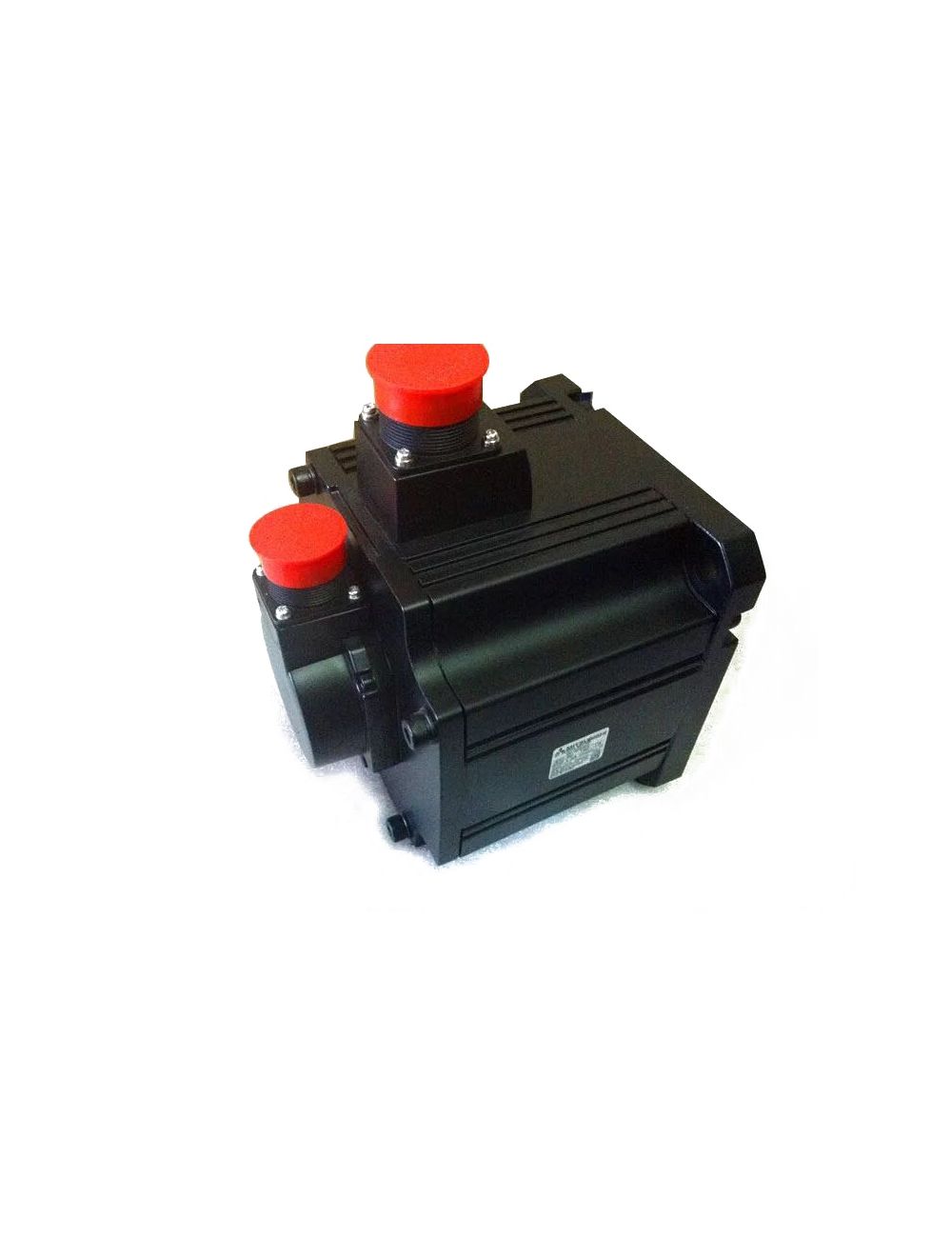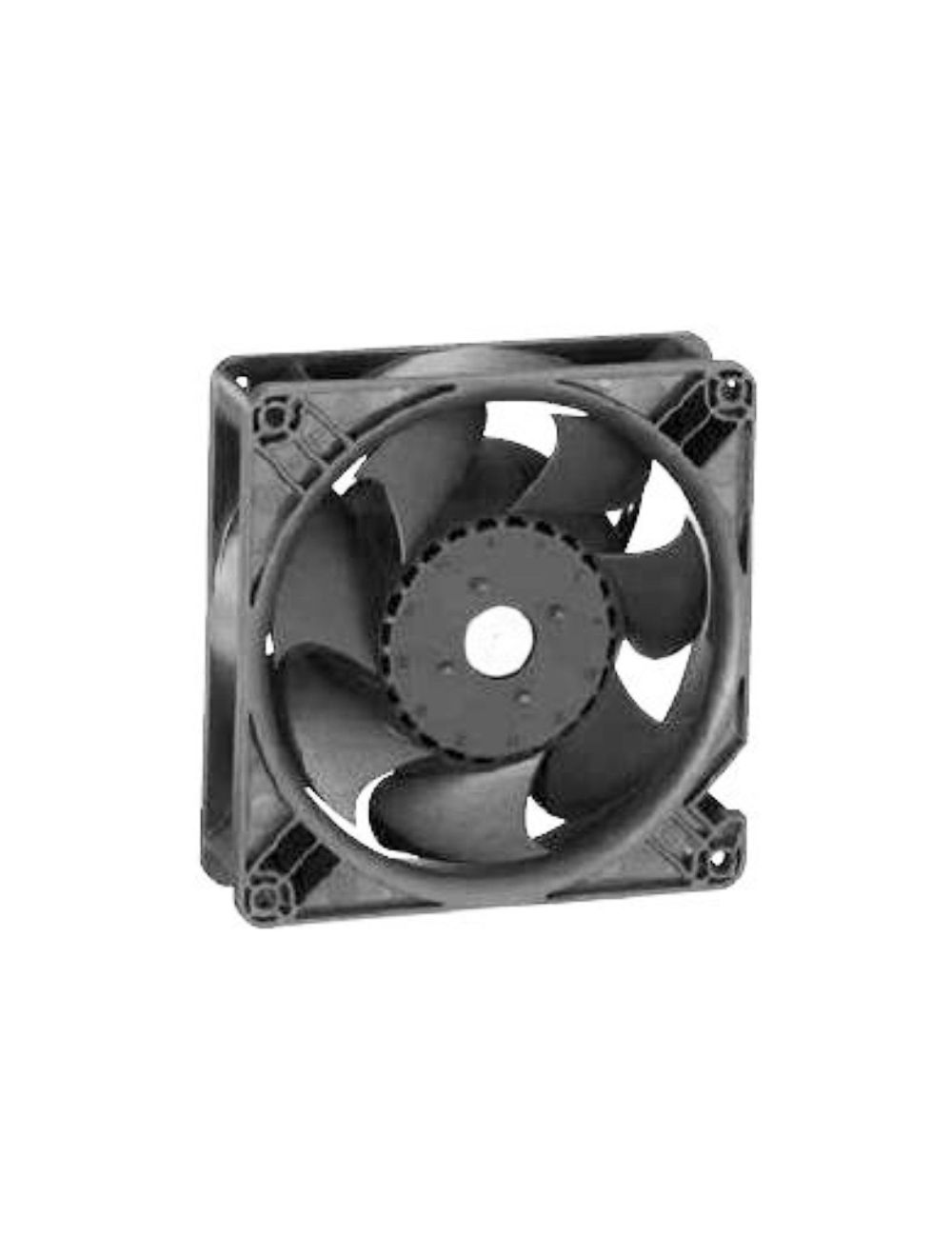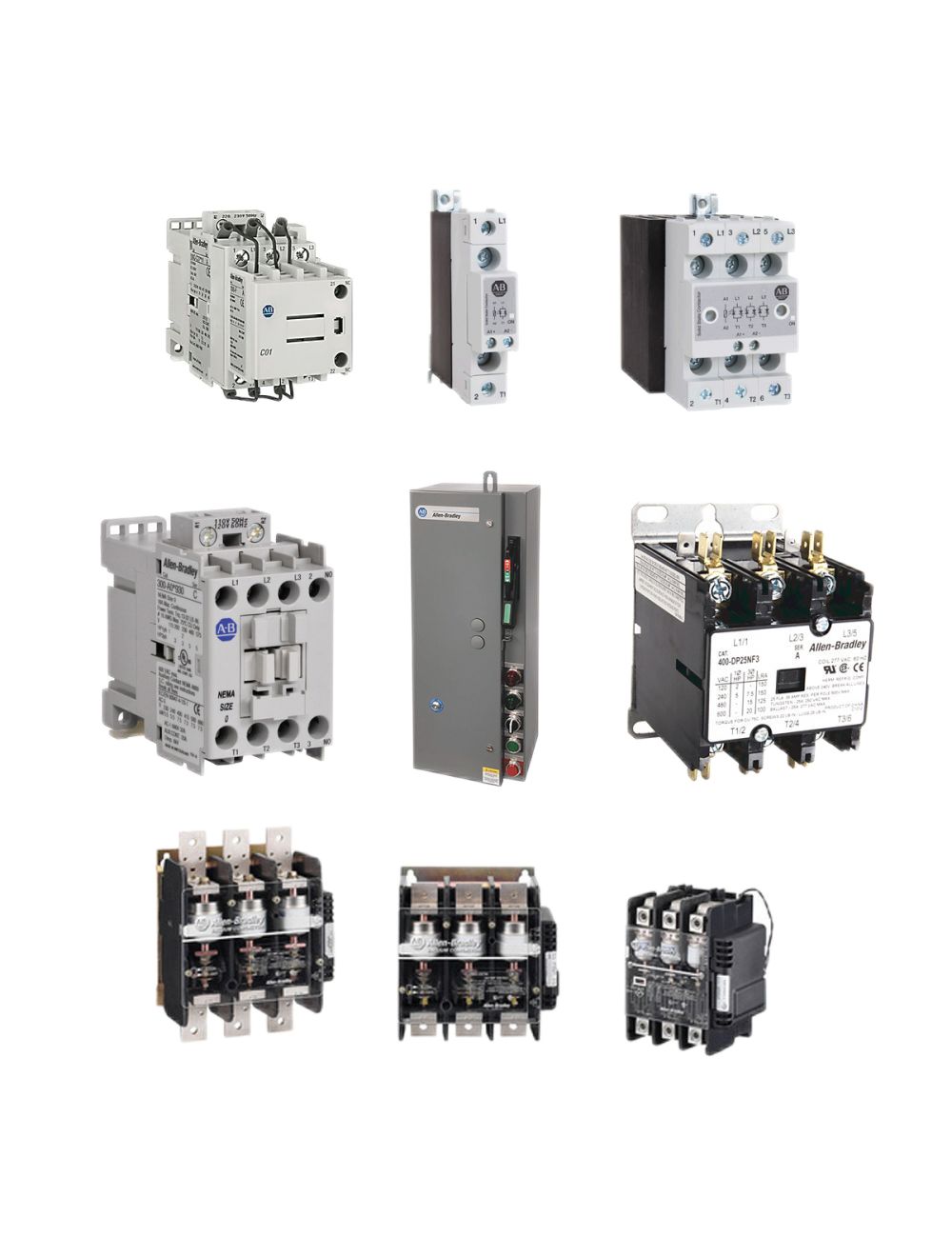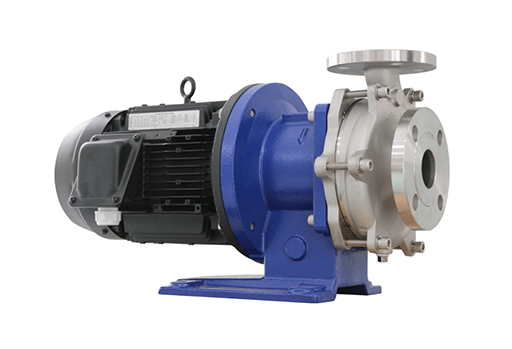
Figure 1: Magnet pump.
Magnet Pumps has been available for many years. It is an important field in water pump. Today, let's take a look at two problems that are easy to occur: Noisy and Seizing.
1. What Can I Do About a Noisy Pump

Figure 2: How to deal with pump noises.
If your transfer pump is running noisily, your first instinct may be that it needs to be replaced. While this is always a possibility, there are many potential causes for a noisy mag drive pump that have simple solutions:
Low Suction Pressure
Solutions: Increase the suction pressure by increasing the pressure in your suction tank, raising the liquid level, or lowering the pump.
Unprimed Suction Lines
Solutions: Stop the pump and prime the suction lines before restarting.
Improperly Vented Suction Piping
Solutions: Remember to vent the system before starting, and check the arrangement and design of suction piping.
Pump Contains Foreign Objects
Solutions: Disassemble your mag drive pump and replace any damaged components with new spare parts.
Worn or Damaged Bearings
Solutions: Inspect the bearing clearances and replace bearings with new spare parts.
Reverse Rotation
Solutions: Inspect the pump for the direction of rotation and then ensure that the motor is not rotating in reverse.
High Rotational Speed
Solutions: Check the manual for your pump and ensure that it is not operating at too high of a rotational speed.
Improper Use
Solutions: If you are using your pump in a way it has not been designed for, it can run noisily and unpredictably. Check your manual and ensure that the pump is engineered for the conditions it’s operating under and the fluid being pumped.
2. Why is My Pump Seizing? What Can I Do
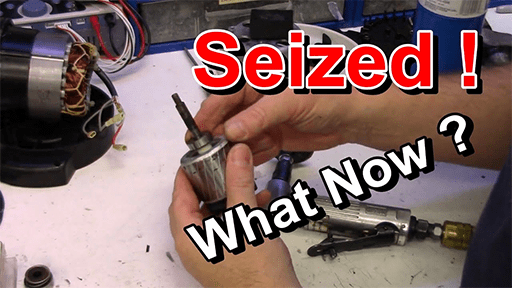
Figure 3: How to deal with pump seizing.
When a magnetic drive pump is seizing up, it can’t do the job you need it to do. In general, your industrial pumps will have one of two different problems that can lead to seizing, and they usually can be fixed by disassembling the pump, cleaning it, and installing a replacement part or two:
2.1 The Pump is Seeing Excessive Heat
This can be caused by pumping a liquid that is too hot, extreme starvation, or by running the pump dry. It’s possible to just replace the bushing, but it may be necessary to replace the impeller and shaft as well. Excessive starvation or running dry for an extended period may cause the impeller to melt onto the rear housing, in which case a completely new wet end is necessary.
2.2 A Foreign Object is Stuck Between the Bushing and Shaft
In most cases, you can simply remove the foreign object, but if a liquid has crystalized between the busing and the shaft, you may need to replace some parts as well. When using such liquids, try not to leave them sitting in the pump to avoid crystallization. To avoid similar issues in the future, consider opening the bushing size or incorporating a 3-flat shaft to allow for more lubrication.
As always, be sure to inspect all of the components of your pump and compare them against the manual (or a working pump of the same model) when reassembling.
Related Info
8 Common Concerns about Magnet PumpsInstallation Of Magnet Pump
How to Install a Sump Pump Check Valve: 5 Steps
How To Repair a Pool Spring Flapper Check Valve?

